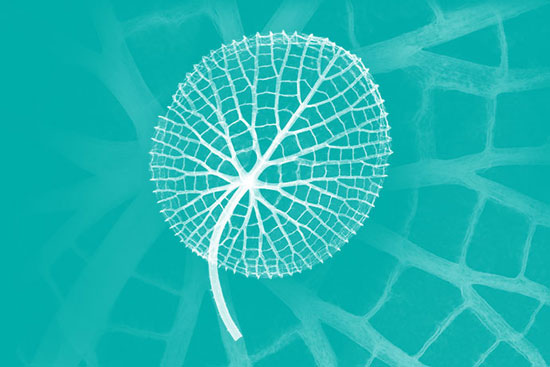Nuclear medicine examinations provide entire series of high-resolution images for assessing organ functions. For this purpose, in nuclear medicine, a minimal amount of a radioactive substance with a short half-life is introduced into the bloodstream during a scintigraphy – by a single injection. After a scintigraphy, highly sensitive measuring instruments can be used to measure the temporal and spatial distribution of this substance in the body and to calculate images that reflect metabolism.
Nuclear medicine applies ionizing radiation for diagnostic and therapeutic purposes. Unlike radiology and radiation therapy, however, no external radiation source (such as an X-ray tube) is used; instead, radioactive substances (known as radiopharmaceuticals) are administered and absorbed by the body without altering the body’s functions or harming it.
By using different radiopharmaceuticals, information about different metabolic processes can be measured and displayed. With the help of particularly sensitive measuring devices, the radiation is then displayed in images, which allows the assessment of organs, their function or even their disorders.
The examinations consist of three phases:
- In the preparatory phase, the radioactive substance is prepared specifically for each scintigraphy and then administered to the patient (usually intravenously).
- The technical phase includes the performance of scintigraphy, SPECT or PET measurement, including image evaluation.
- This is followed by the information phase (specialist diagnosis).These examinations are provided by the Institut für Nuklearmedizin Hernals GmbH & CoKG.
We have contracts with the following Austrian health insurance companies for scintigraphy in Vienna: KFA, SVA, SVB, BVA, VAE.
- SPECT/CT Myocardial Perfusion Scan
- Somatostatin receptor scan
- Scintigraphy thyroid gland
- Scintigraphy parathyroid gland
- Skeletal scintigraphy with SPECT/CT
- PSMA Scan
- Neuroendocrine tumor scintigraphy
- Myocardial scintigraphy
- Scintigraphy salivary glands
- Scintigraphy sentinel inguinal lymph nodes
- Scintigraphy sentinel neck lymph nodes
- Scintigraphy sentinel axilla
- Scintigraphy renal function
- Scintigraphy urinary tract
- Scintigraphy brain function
- SPECT/CT Lung perfusion scintigraphy
- Lung scintigraphy
- Bone density DEXA
- Iodine 123 whole body scintigraphy after rhTSH stimulation.




